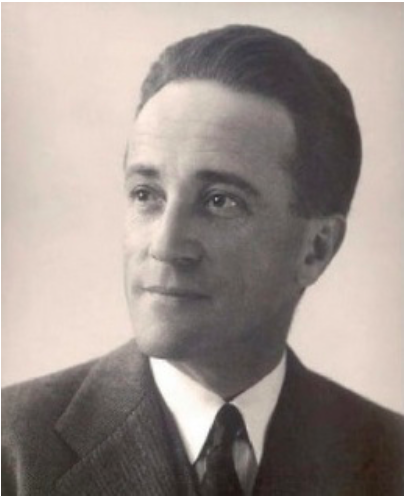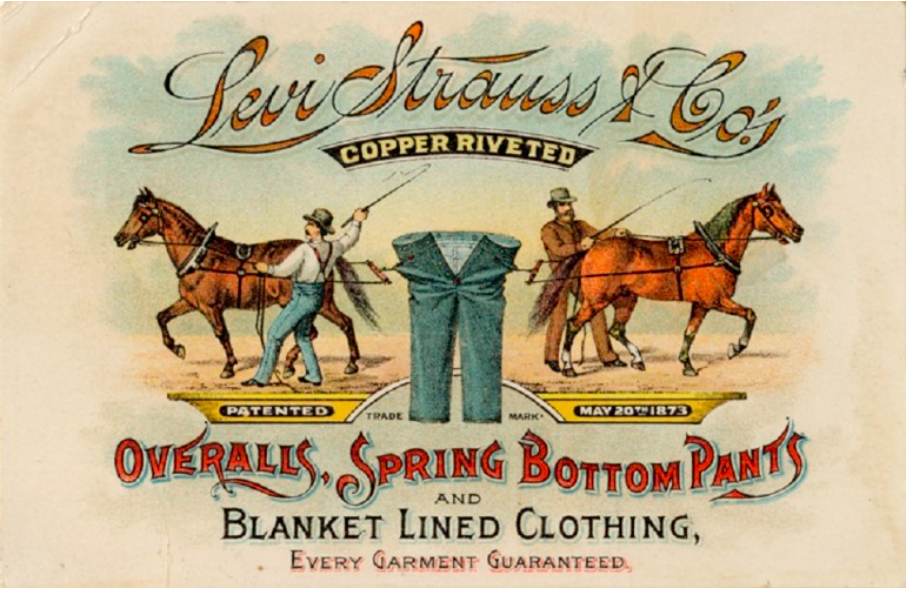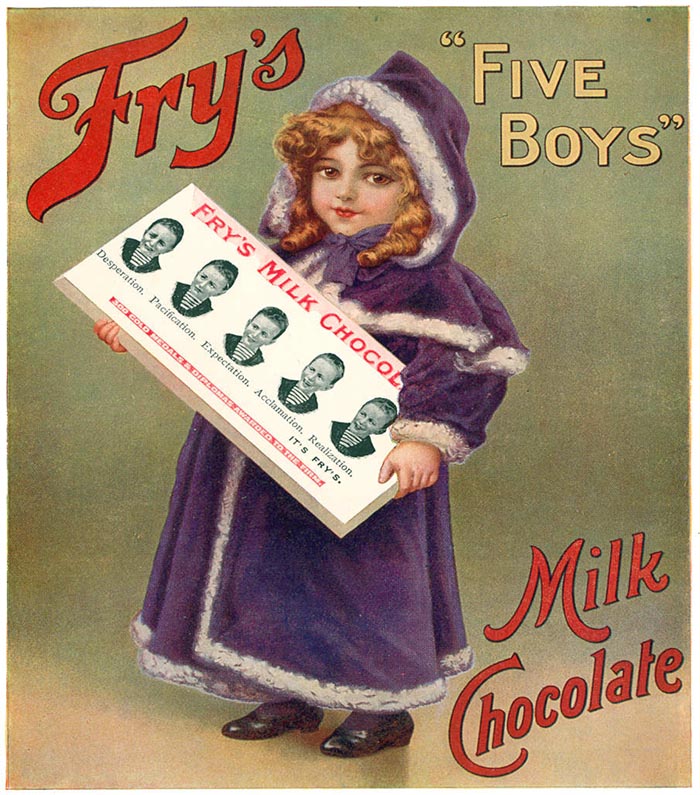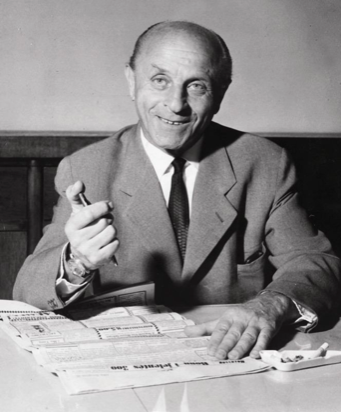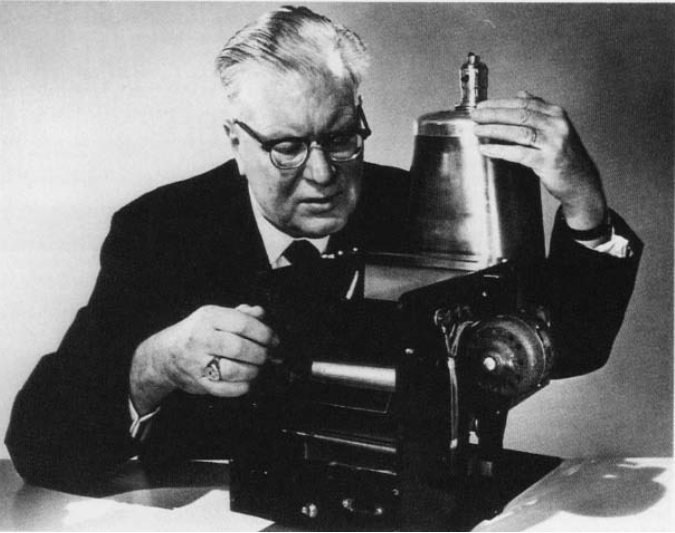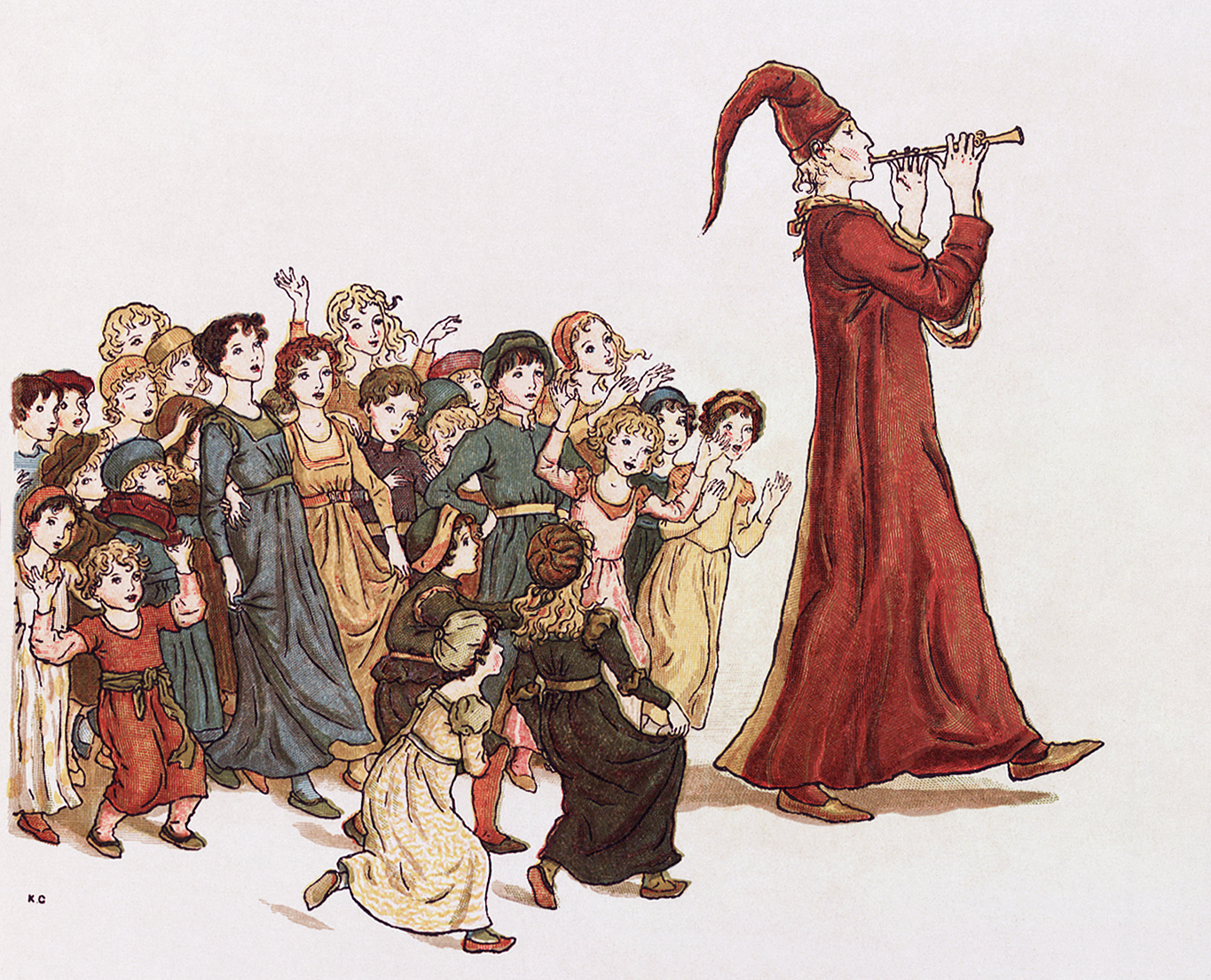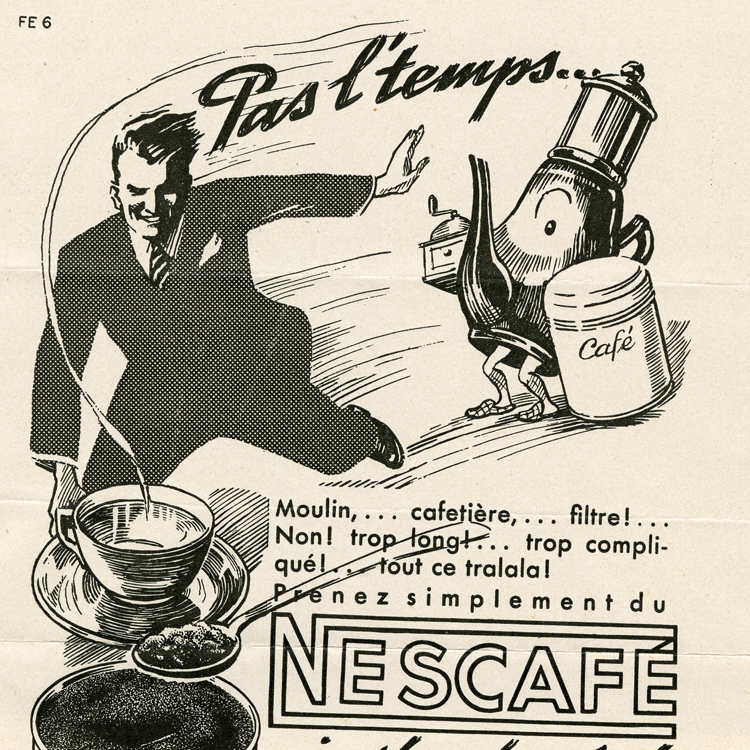
5 Stories of Items That You Used Today
5 Stories of Items That You Used Today
You must have definitely used these 5 items today, yet are you sure you know their story?
We use so many items everyday, right from texting a friend to hurriedly checking your watch because you are late for the early morning lecture. In these stressful times, there are certain things who help us get through the day. Most of them never existed 100 years ago. What are these magic items and who are these magicians who invented them?
Read on for 5 original Stories of Items That You Used Today
1. Instant Coffee
The day never begins until the first gulp of coffee. The smell of brewing coffee is better than an alarm clock. It also helps you keep you eyes open during the early morning environmental science lectures:)
Although I am pretty sure that most of us don’t take the pains to actually brew filter coffee. We use the Nescafe ready coffee, don’t we?
Did you know a chemist Dr Max Morgenthaler was determined to introduce soluble long lasting instant coffee to the world. He decided to work with Nestle.
After three years of cumbersome research, Dr Morgenthaler discovered that the taste of café au lait (milk coffee) once powdered lasted longer. He also understood that the aroma of coffee lasted only in sweetened milk coffee powder and not the unsweetened one. However mixing the coffee with milk and sugar had production difficulties.
5 years researching and there was little progress. Nestlé had given up. Dr Max Morgenthaler kept his day job and worked by night. He paid for the coffee beans himself.
After 8 years of research in 1936, Dr Max Morgenthaler concluded that the right amount of carbohydrates added to coffee could make it soluble. And we got Nescafe.
—————————–
Read more about the Story of Instant Coffee
—————————–
2. Jeans
Rough and tough, jeans were not meant for daily use.
One day, Levi Strauss’ customer Jacob Davis, a tailor, told him that the miners needed a strong pair of trousers. Davis asked Strauss wether he would like to be a part of the business venture.
Davis and Strauss got a patent for “Improvement in Fastening Pocket-Openings” (the buttons at the end of each pocket that make your jean stronger) and began producing copper riveted “waist overalls” (commonly known as jeans today).
In their span of 150 years, this testament of youth has had its share of anecdotes. The bullies wore them, the rebels wore them. This made ‘jeans’ bad boy clothes. Parents were actually worried that their children might get spoilt by wearing them. It also came to a point that some schools banned denims.
The 2nd World War and the following years, made jeans more famous when American soldiers carried them along to the war front. The jean wave caught up in Britain and spread to Asia.
1980s and our favourite piece of clothing was now tied to rock bands with long hair-dos: still a sign of rebellion but that was fine. Schools now allowed jeans and everyone came to the agreement that they didn’t spoil innocent hearts.
Fast forward to the 21st century, we love wearing ripped and patterned jeans.
—————————–
Hey y’all, read more about Jeans
—————————–
3. Chocolate
Is a day ever complete without a sweet chocolate bar? Chocolate is the best companion apart from books. You can eat it when you feel sad, and then instantly feel happy or you can just gobble it when you are happy.
Yet before the chocolate bar came the chocolatiers with a passion to change the way people consumed chocolate.
In 1847 Joesph Fry had invented the world’s first chocolate bar. All he had done was mixed cocoa and sugar along with some little amounts of molten cocoa butter that was extracted from the cocoa bean. This mixture could be moulded resulting in a bar of chocolate. If you were to taste this chocolate bar today, you’ll probably call it ghastly!
In 1866, Dutch Coenraad Johannes Von Houten invented the Cocoa Press. This press was beneficial in removing most of the cocoa butter from cocoa. It helped reduce the peculiar taste of cocoa butter.
A Swiss Chocolatier in 1875 mixed cocoa, sugar and powdered milk together. This Swiss Chocolatier was Daniel Peters and he was the one who invented the milk chocolate.
A year later, Rodolphe Lindt was unsuccessfully trying to make chocolate that would melt in the mouth. One day he left his factory for the weekend and forgot to shut his machine off. The machine kept grinding the chocolate over the weekend. After 72 hours, when Mr.Lindt went back to begin his work week, he found out a dark substance waiting for him in the shop, but this substance smelt great! And after a daring attempt to taste it, the substance tasted great too. He had finally found out the missing piece: the chocolate needed to go under the process of ‘conching.’ That day, Mr. Rodolphe might have been the first person in the world to taste melting chocolate.
In 1905, Cadbury launched Dairy Milk. Since then, the Daily Milk is ruling hearts across the world in a wide range of flavours.
—————————–
Yummy, know more about the story of chocolate bars
—————————–
4. Ballpoint Pen
What came first- a ballpoint pen or the fountain pen?
Believe it or not, people were bored of the elegant fountain pen. It would often leak and smudge. By the 1930s most people wanted a more reliable pen.
Hungarian journalist László Bíró was sick of trying to fill the fountain pens with ink or dab the smudged paper.
Thinking for a solution, Biró saw that the ink used in the printing press to print the daily newspaper dried quickly and prevented smudging. There was one short fall- the ink was sticky despite being the correct consistency.
Biró had a chemist brother György Biró. They both decided to solve the problem of writing once and for all.
The brothers came up with a solution. It was the perfect ink that fit with the ball point socket technology. They also found a way to keep the ink from drying.
Happy with their invention, they filed a British Patent on 15 June 1938.
During the war, the Birós had to flee from Germany to Argentina with a friend, Juan Jorge Meyne. The three were in on the dream of introducing the world to their new technology which they named ‘Ball-point fountain pen.’
In 1943, they started a company called Bíró Pens of Argentina and filed a patent. Their pens were named Birome- ‘Biro’ for the brothers and ‘Me’ for Meyne.
The British Royal Air Force bought the Ballpoint pens and dubbed them Biros. The invention spread over the world. Today the Biro pens are manufactured by the Bic company who own the original rights.
—————————–
No leaking, only writing: How Did that Happen?
—————————–
5. Photocopy
What would you do without a photocopy? You would probably have to write everything down. Did you know, like all revolutionary inventions, the photocopy was thought to be a useless idea?
Chester Carlson worked in a patent office. He noticed the amount of copies that had to be done for each client. They had to make carbon copies or type them out. The typed copies had to be proof read and retyped in case of errors.
This lengthy process was cumbersome and time wasting. Chester felt a need to solve this problem. What would happen if an entire page would take a picture of itself with just a click of a button?
Chester spent his free time cooped up in the library researching on image processes. He stumbled onto the little explored territory of photoconductivity.
This new findings fit it all in perspective for Chester.
To his wife’s horror, he began experimenting in the kitchen. He discovered the fundamental principle of electrophotography or what we now know as xerography.
As his scale of research grew, Chester hired an unemployed physicist- Otto Kornei. They both moved to a lab in Astoria.
Here on the 2nd floor on a fine day, the first photocopy was made. It read “10-22-38 ASTORIA.”
This invention was filed for patent on 4 April, 1939 and was issued on 6 October, 1942 as number 22,97,691.
In the years that followed, Chester wanted someone to actually get his invention to people.
For five years from 1939 to 1944 he approached 20 companies but to no avail. Even the National Inventors Council showed him the door.
Finally he got contacted by Battelle Memorial Institute in 1944. They were willing to share the royalty rights with him for developing the process.
3 years later, Battelle Memorial Institute got into an agreement with the Haloid company to develop a xerographic machine. This Haloid company later joined hands with Chester and created Xerox.
—————————–
Xerox it: How Photocopy Was Invented
—————————–
And thats how these really useful items came into being. They save your life each day, don’t they?
Do you have a list of your own? Share stories of a few everyday items in the comments down below.
————————————-
Enjoyed ‘5 Stories of Items That You Used Today’? Share it with your friends.





